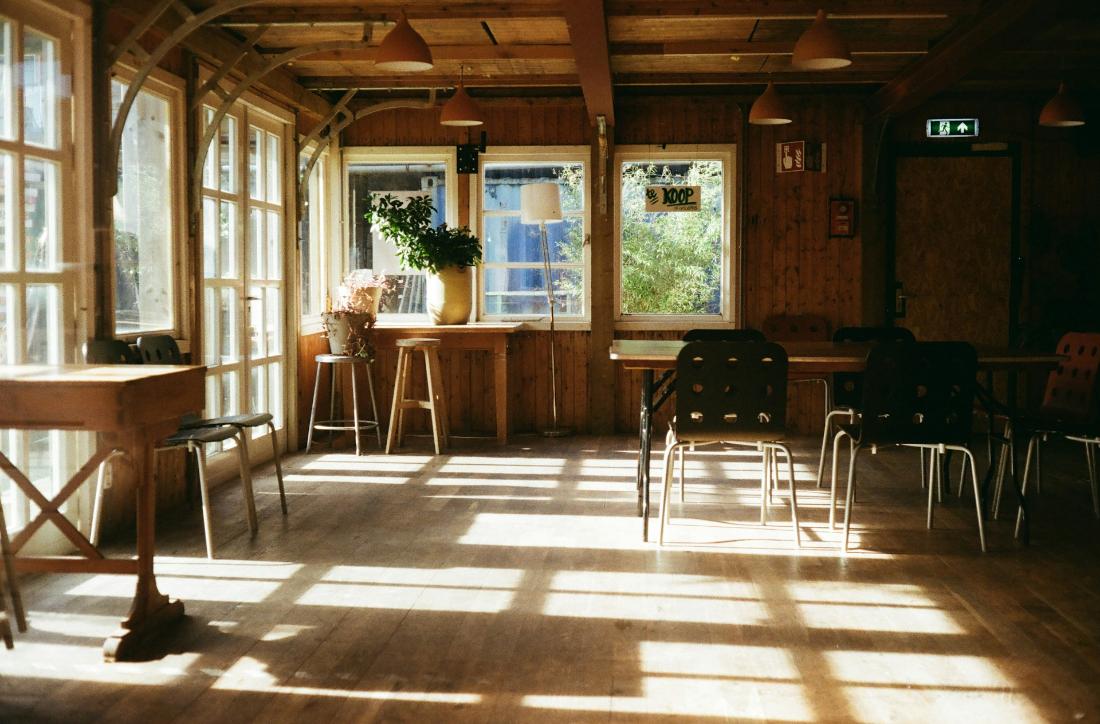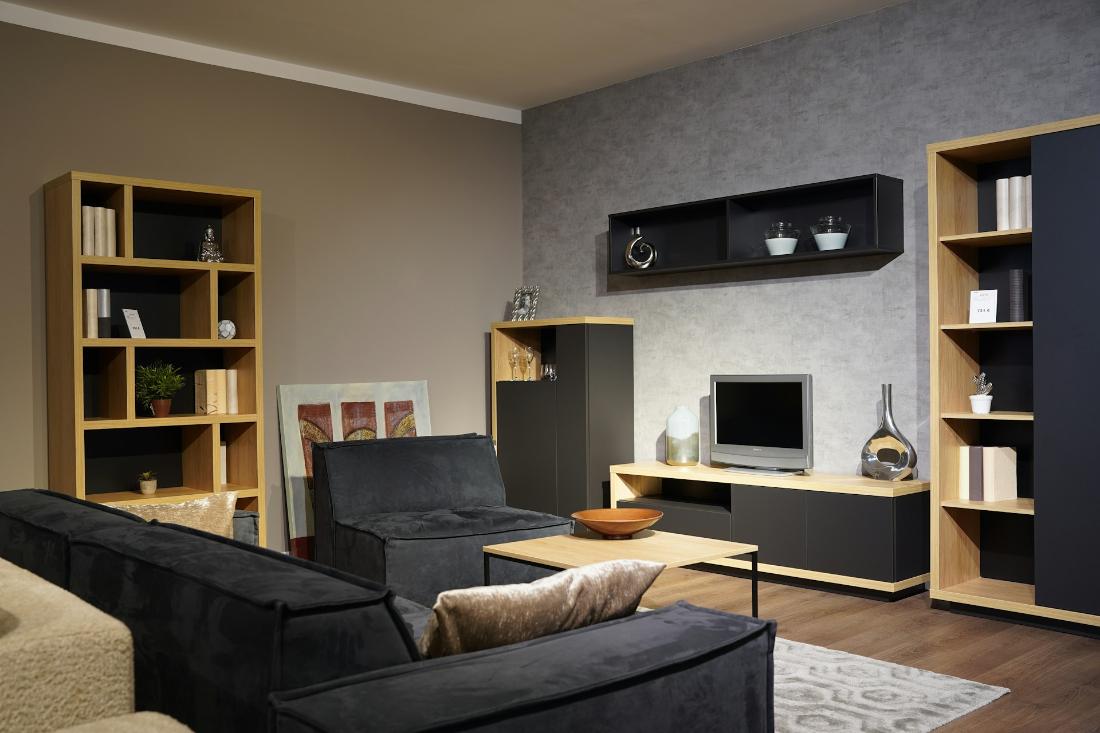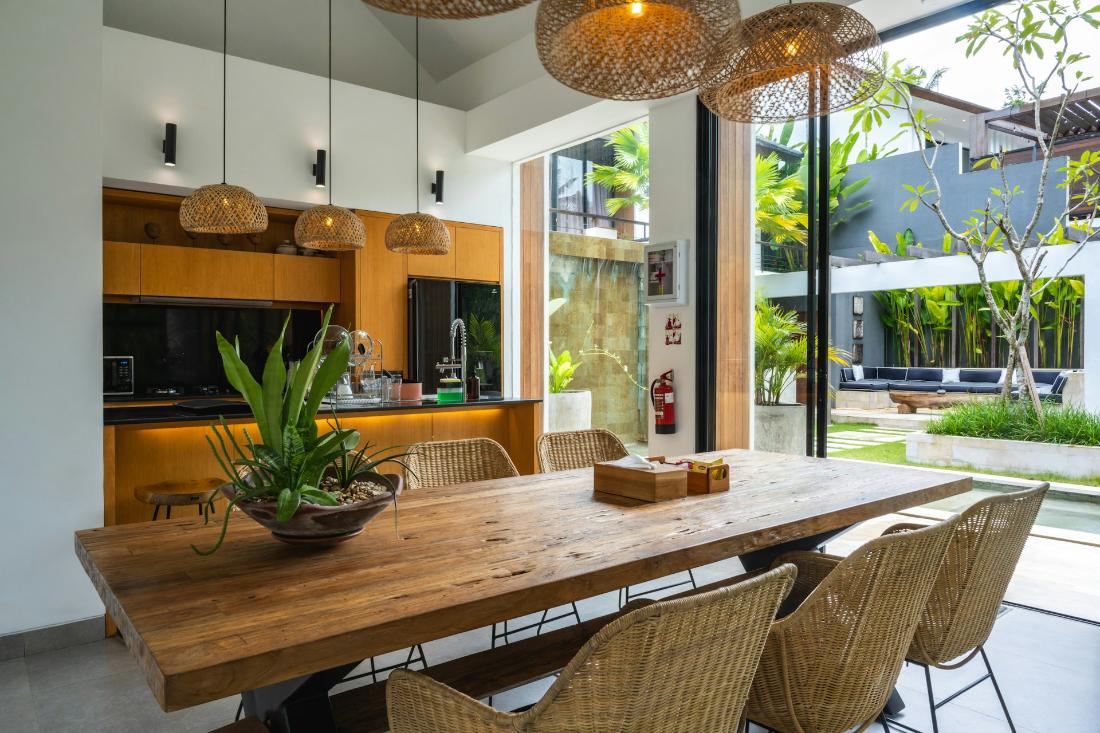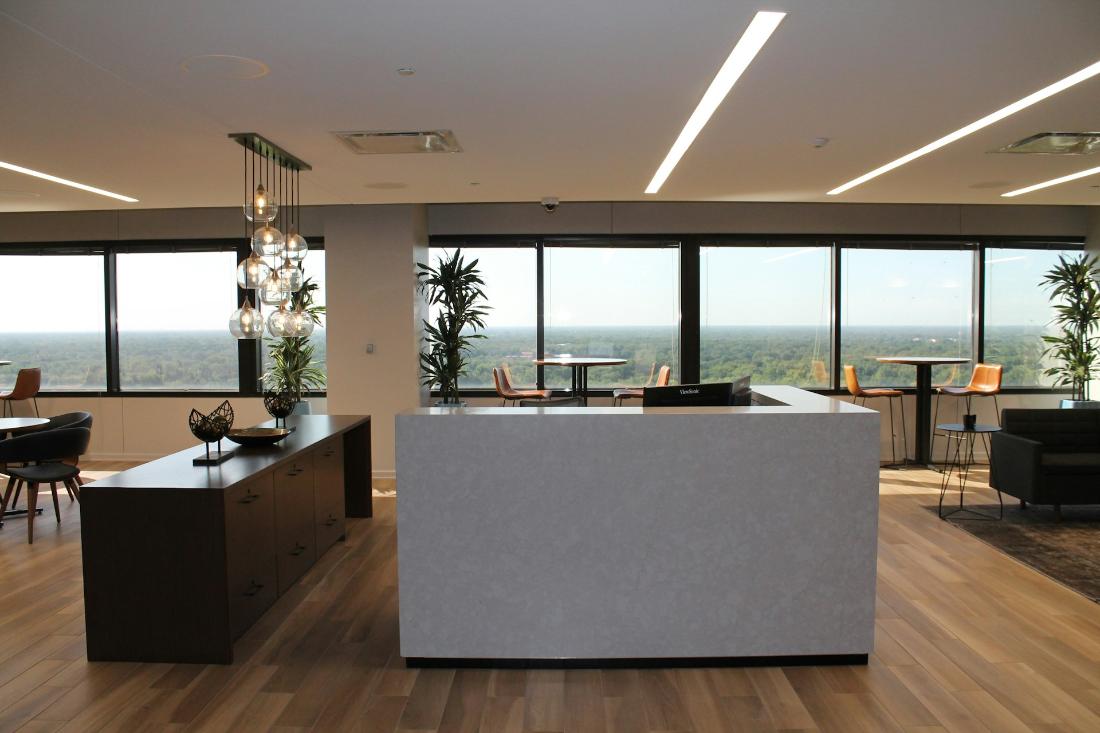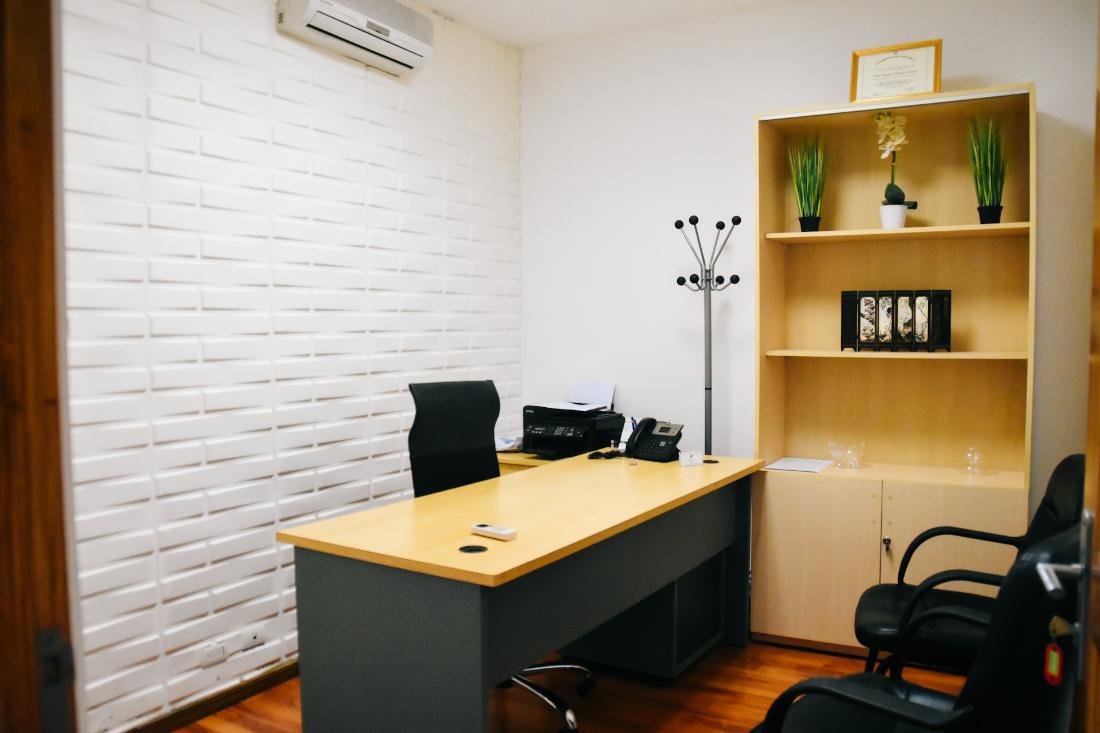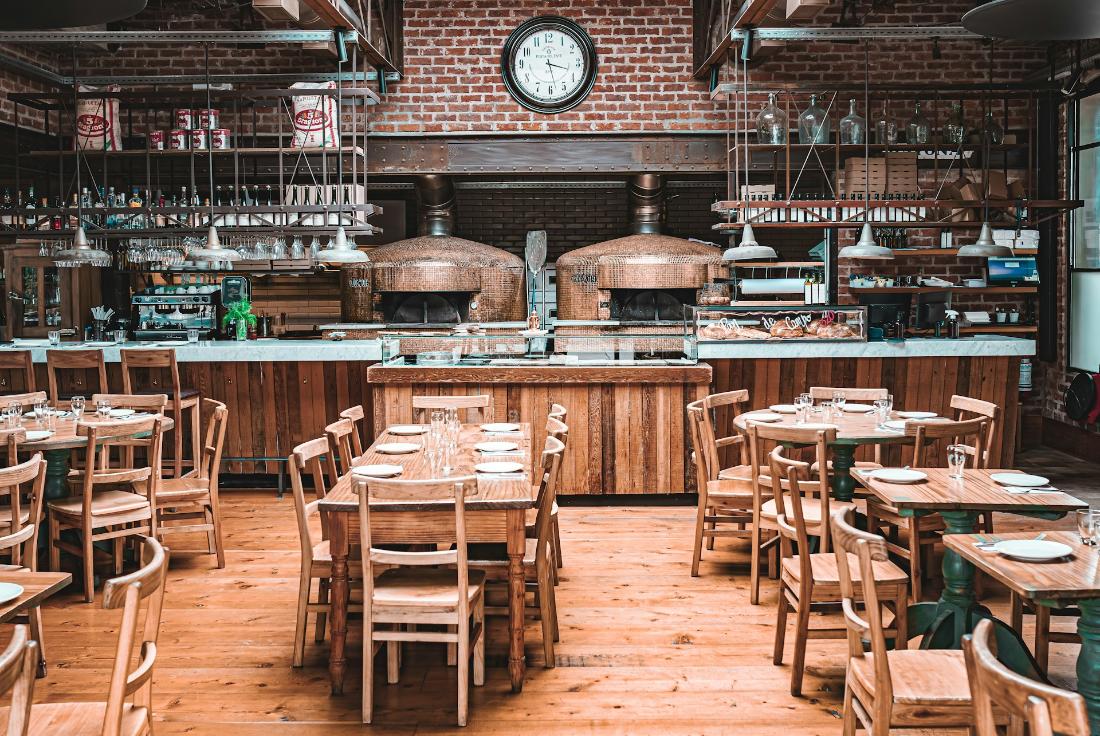Kitchen
Wooden Furniture Contractor in Malaysia: Crafting Timeless Pieces for Modern Living
May 2 2025
The warmth and character of wooden furniture have made it a perennial favorite in Malaysian homes and businesses. From the rich tones of solid teak dining tables to the intricate carvings of traditional Malay wooden panels, quality craftsmanship transforms raw timber into functional art. However, finding a skilled wooden furniture contractor in Malaysia who can balance aesthetic vision with structural integrity requires careful consideration.
This comprehensive guide explores the world of custom wooden furniture in Malaysia, helping homeowners, interior designers, and business owners navigate the process of commissioning bespoke pieces. We'll examine the different wood types suited to Malaysia's climate, the hallmarks of quality craftsmanship, and how to select the right contractor for your project.
The Enduring Appeal of Wooden Furniture in Malaysian Homes
Malaysia's relationship with wooden furniture runs deep, rooted in both its abundant natural resources and diverse cultural traditions. The tropical climate that nurtures valuable timber species like cengal, merbau, and nyatoh also presents unique challenges for furniture longevity. Humidity fluctuations can cause inferior wood products to warp or crack, while improper finishing leaves surfaces vulnerable to termites and moisture damage.
This is where experienced wooden furniture contractors prove invaluable. They understand how different woods behave in local conditions, selecting materials and construction techniques that ensure pieces remain beautiful for generations. A well-made wooden bed frame or bookshelf becomes more than just furniture—it transforms into a family heirloom, acquiring character through years of use while maintaining structural integrity.
The resurgence of natural materials in interior design has further elevated demand for quality wooden furniture. Modern Malaysian homeowners increasingly seek custom pieces that blend contemporary design with organic warmth. Whether it's a minimalist solid wood dining table for a Bangsar condominium or ornate carved panels for a heritage property in Malacca, wooden furniture adds irreplaceable texture and personality to living spaces.
This comprehensive guide explores the world of custom wooden furniture in Malaysia, helping homeowners, interior designers, and business owners navigate the process of commissioning bespoke pieces. We'll examine the different wood types suited to Malaysia's climate, the hallmarks of quality craftsmanship, and how to select the right contractor for your project.
The Enduring Appeal of Wooden Furniture in Malaysian Homes
Malaysia's relationship with wooden furniture runs deep, rooted in both its abundant natural resources and diverse cultural traditions. The tropical climate that nurtures valuable timber species like cengal, merbau, and nyatoh also presents unique challenges for furniture longevity. Humidity fluctuations can cause inferior wood products to warp or crack, while improper finishing leaves surfaces vulnerable to termites and moisture damage.
This is where experienced wooden furniture contractors prove invaluable. They understand how different woods behave in local conditions, selecting materials and construction techniques that ensure pieces remain beautiful for generations. A well-made wooden bed frame or bookshelf becomes more than just furniture—it transforms into a family heirloom, acquiring character through years of use while maintaining structural integrity.
The resurgence of natural materials in interior design has further elevated demand for quality wooden furniture. Modern Malaysian homeowners increasingly seek custom pieces that blend contemporary design with organic warmth. Whether it's a minimalist solid wood dining table for a Bangsar condominium or ornate carved panels for a heritage property in Malacca, wooden furniture adds irreplaceable texture and personality to living spaces.
Types of Wooden Furniture Projects in Malaysia
Custom wooden furniture contractors undertake diverse projects across residential and commercial sectors. Understanding these categories helps clients communicate their needs effectively when consulting with craftsmen.
Residential commissions often focus on statement pieces that define living spaces. Dining tables serve as family gathering points, requiring both visual impact and durable construction to withstand daily use. Bed frames demand particular attention to joint strength and wood stability, as temperature changes in bedrooms can test material integrity. Built-in cabinetry and shelving systems call for precision measurements and seamless integration with existing architecture.
Commercial projects present different requirements. Restaurant owners need sturdy, easy-to-maintain wooden tables and chairs that endure constant use while maintaining aesthetic appeal. Office fit-outs increasingly incorporate wooden elements to create warm, productive environments, from reception desks to executive conference tables. Hospitality venues use custom wooden furniture to establish unique identities, with boutique hotels often commissioning locally inspired pieces that reflect Malaysian craftsmanship.
Specialty items showcase the full range of a contractor's skills. Traditional Malay wooden screens (kerawang) require intricate carving techniques passed down through generations. Modern interpretations of these designs blend heritage motifs with contemporary functionality. Custom wooden doors and staircases represent significant investments that dramatically impact a property's character and value.
Selecting the Right Wood Species for Malaysian Conditions
The choice of wood significantly influences furniture longevity, appearance, and maintenance requirements. Malaysia's climate favors certain species that naturally resist humidity-related issues while offering beautiful grain patterns.
Cengal, often called the "ironwood of Malaysia," stands as one of the most durable local options. Its natural resistance to rot and insects makes it ideal for outdoor furniture and high-use indoor pieces. The rich reddish-brown hue deepens beautifully with age, developing a prized patina. Merbau offers similar durability with distinctive golden-brown tones and interlocking grain patterns that create visual interest.
For clients seeking lighter tones, nyatoh presents an attractive option with its pale pinkish-brown color that darkens to a warm russet over time. Its workability makes it popular for carved details and curved elements. Rubberwood, once considered a byproduct of latex production, has gained recognition as an eco-friendly choice for painted or stained pieces due to its consistent texture.
Imported woods like teak, oak, and walnut remain popular for specific applications despite higher costs. Experienced contractors guide clients in balancing budget considerations with desired aesthetics and performance requirements. They also advise on appropriate finishes—from natural oil treatments that highlight wood grain to protective lacquers for high-traffic commercial settings.
Custom wooden furniture contractors undertake diverse projects across residential and commercial sectors. Understanding these categories helps clients communicate their needs effectively when consulting with craftsmen.
Residential commissions often focus on statement pieces that define living spaces. Dining tables serve as family gathering points, requiring both visual impact and durable construction to withstand daily use. Bed frames demand particular attention to joint strength and wood stability, as temperature changes in bedrooms can test material integrity. Built-in cabinetry and shelving systems call for precision measurements and seamless integration with existing architecture.
Commercial projects present different requirements. Restaurant owners need sturdy, easy-to-maintain wooden tables and chairs that endure constant use while maintaining aesthetic appeal. Office fit-outs increasingly incorporate wooden elements to create warm, productive environments, from reception desks to executive conference tables. Hospitality venues use custom wooden furniture to establish unique identities, with boutique hotels often commissioning locally inspired pieces that reflect Malaysian craftsmanship.
Specialty items showcase the full range of a contractor's skills. Traditional Malay wooden screens (kerawang) require intricate carving techniques passed down through generations. Modern interpretations of these designs blend heritage motifs with contemporary functionality. Custom wooden doors and staircases represent significant investments that dramatically impact a property's character and value.
Selecting the Right Wood Species for Malaysian Conditions
The choice of wood significantly influences furniture longevity, appearance, and maintenance requirements. Malaysia's climate favors certain species that naturally resist humidity-related issues while offering beautiful grain patterns.
Cengal, often called the "ironwood of Malaysia," stands as one of the most durable local options. Its natural resistance to rot and insects makes it ideal for outdoor furniture and high-use indoor pieces. The rich reddish-brown hue deepens beautifully with age, developing a prized patina. Merbau offers similar durability with distinctive golden-brown tones and interlocking grain patterns that create visual interest.
For clients seeking lighter tones, nyatoh presents an attractive option with its pale pinkish-brown color that darkens to a warm russet over time. Its workability makes it popular for carved details and curved elements. Rubberwood, once considered a byproduct of latex production, has gained recognition as an eco-friendly choice for painted or stained pieces due to its consistent texture.
Imported woods like teak, oak, and walnut remain popular for specific applications despite higher costs. Experienced contractors guide clients in balancing budget considerations with desired aesthetics and performance requirements. They also advise on appropriate finishes—from natural oil treatments that highlight wood grain to protective lacquers for high-traffic commercial settings.
The Hallmarks of Quality Wooden Furniture Construction
Distinguishing truly well-made wooden furniture from mass-produced imitations requires understanding key construction principles. Quality contractors employ techniques that account for wood's natural movement while ensuring structural longevity.
Proper wood drying forms the foundation of durable furniture. Kiln-dried lumber with moisture content between 6-8% adapts well to Malaysia's humidity without excessive shrinking or swelling. Seasoned craftsmen know how to orient grain patterns in tabletops to minimize warping, often using book-matched panels for both stability and visual symmetry.
Joint construction reveals much about furniture quality. Traditional mortise-and-tenon joints, dovetails, and finger joints demonstrate craftsmanship that withstands decades of use. Visible screws or staples typically indicate inferior construction methods that compromise longevity. For large surfaces like dining tables, breadboard ends properly accommodate seasonal wood movement while maintaining flatness.
Finishing techniques complete the process, protecting wood while enhancing its natural beauty. Hand-rubbed oil finishes penetrate deeply, allowing the wood to breathe while providing protection. Conversion varnishes and catalyzed lacquers offer more durable surfaces for high-use commercial pieces. The best contractors match finish type to the furniture's intended use and maintenance expectations.
Finding the Right Wooden Furniture Contractor
Identifying a contractor capable of translating ideas into heirloom-quality pieces requires careful evaluation of several factors.
Portfolio examination provides immediate insight into a contractor's capabilities and style range. Look for consistency in craftsmanship across multiple pieces and the ability to execute both traditional and contemporary designs. Physical showrooms or workshop visits allow closer inspection of construction details and material quality.
Client references offer valuable perspectives on working relationships and project execution. Ask specifically about communication during the design phase, adherence to timelines, and responsiveness to concerns. Established contractors take pride in their reputation and willingly share satisfied customer contacts.
Workshop capabilities indicate the scope of projects a contractor can handle. Facilities with both traditional woodworking tools and modern CNC equipment can execute complex designs with precision. Dust collection systems and proper ventilation demonstrate professionalism and care for both craftsmen's health and finishing quality.
Design collaboration process varies among contractors. Some work from client-provided sketches or photos, while others employ in-house designers to develop concepts. Clear communication about design expectations, revisions, and approvals prevents misunderstandings during production.
Distinguishing truly well-made wooden furniture from mass-produced imitations requires understanding key construction principles. Quality contractors employ techniques that account for wood's natural movement while ensuring structural longevity.
Proper wood drying forms the foundation of durable furniture. Kiln-dried lumber with moisture content between 6-8% adapts well to Malaysia's humidity without excessive shrinking or swelling. Seasoned craftsmen know how to orient grain patterns in tabletops to minimize warping, often using book-matched panels for both stability and visual symmetry.
Joint construction reveals much about furniture quality. Traditional mortise-and-tenon joints, dovetails, and finger joints demonstrate craftsmanship that withstands decades of use. Visible screws or staples typically indicate inferior construction methods that compromise longevity. For large surfaces like dining tables, breadboard ends properly accommodate seasonal wood movement while maintaining flatness.
Finishing techniques complete the process, protecting wood while enhancing its natural beauty. Hand-rubbed oil finishes penetrate deeply, allowing the wood to breathe while providing protection. Conversion varnishes and catalyzed lacquers offer more durable surfaces for high-use commercial pieces. The best contractors match finish type to the furniture's intended use and maintenance expectations.
Finding the Right Wooden Furniture Contractor
Identifying a contractor capable of translating ideas into heirloom-quality pieces requires careful evaluation of several factors.
Portfolio examination provides immediate insight into a contractor's capabilities and style range. Look for consistency in craftsmanship across multiple pieces and the ability to execute both traditional and contemporary designs. Physical showrooms or workshop visits allow closer inspection of construction details and material quality.
Client references offer valuable perspectives on working relationships and project execution. Ask specifically about communication during the design phase, adherence to timelines, and responsiveness to concerns. Established contractors take pride in their reputation and willingly share satisfied customer contacts.
Workshop capabilities indicate the scope of projects a contractor can handle. Facilities with both traditional woodworking tools and modern CNC equipment can execute complex designs with precision. Dust collection systems and proper ventilation demonstrate professionalism and care for both craftsmen's health and finishing quality.
Design collaboration process varies among contractors. Some work from client-provided sketches or photos, while others employ in-house designers to develop concepts. Clear communication about design expectations, revisions, and approvals prevents misunderstandings during production.
The Custom Furniture Process: From Concept to Completion
Commissioning custom wooden furniture follows a structured process that ensures client satisfaction at each stage.
Initial consultations establish the project scope, budget parameters, and design direction. Clients should bring inspiration images, room dimensions, and specific functional requirements to these meetings. Contractors assess feasibility, suggest appropriate materials, and provide rough cost estimates.
Design development transforms concepts into precise specifications. For complex pieces, contractors may create scaled drawings or 3D renderings showing proportions and detailing. This stage includes finalizing wood selection, finish type, and any special features like extensions or storage components.
Material procurement follows design approval. Reputable contractors source quality lumber from sustainable suppliers, allowing clients to inspect planks when possible for grain preference. This stage may involve selecting veneer sheets for matched patterns or specially figured wood for focal elements.
Construction begins with careful milling of components. Skilled craftsmen assemble pieces using appropriate techniques for each joint and connection. Clients often appreciate progress photos, especially for significant investments like dining tables or entertainment units.
Finishing represents a critical phase where the wood's character emerges. Multiple thin coats with careful sanding between applications create durable, beautiful surfaces. Final inspection ensures perfect alignment, smooth operation of moving parts, and flawless finish quality.
Delivery and installation complete the process. Quality contractors handle transportation with care, protecting pieces during transit. For built-in items, professional installation ensures proper fit and function in the intended space.
Investing in Quality: Understanding Pricing Factors
Custom wooden furniture represents a significant investment, with pricing reflecting materials, labor intensity, and design complexity.
Material costs vary widely depending on wood species and grade. Rare figured woods command premium prices, while sustainable options like rubberwood offer budget-friendly alternatives. Large tabletops require wider, more expensive planks to minimize seams.
Construction complexity significantly impacts labor hours. Simple, rectilinear designs require less time than pieces with curves, inlays, or intricate joinery. Traditional carvings demand specialized skills that increase production time.
Finish type affects both cost and maintenance requirements. Hand-rubbed oil finishes involve multiple applications over several days, while sprayed lacquers require controlled environment booths and skilled technicians.
Scale of project influences pricing through material purchasing power and production efficiency. Contractors may offer better rates for multiple pieces that utilize the same materials and setups.
Commissioning custom wooden furniture follows a structured process that ensures client satisfaction at each stage.
Initial consultations establish the project scope, budget parameters, and design direction. Clients should bring inspiration images, room dimensions, and specific functional requirements to these meetings. Contractors assess feasibility, suggest appropriate materials, and provide rough cost estimates.
Design development transforms concepts into precise specifications. For complex pieces, contractors may create scaled drawings or 3D renderings showing proportions and detailing. This stage includes finalizing wood selection, finish type, and any special features like extensions or storage components.
Material procurement follows design approval. Reputable contractors source quality lumber from sustainable suppliers, allowing clients to inspect planks when possible for grain preference. This stage may involve selecting veneer sheets for matched patterns or specially figured wood for focal elements.
Construction begins with careful milling of components. Skilled craftsmen assemble pieces using appropriate techniques for each joint and connection. Clients often appreciate progress photos, especially for significant investments like dining tables or entertainment units.
Finishing represents a critical phase where the wood's character emerges. Multiple thin coats with careful sanding between applications create durable, beautiful surfaces. Final inspection ensures perfect alignment, smooth operation of moving parts, and flawless finish quality.
Delivery and installation complete the process. Quality contractors handle transportation with care, protecting pieces during transit. For built-in items, professional installation ensures proper fit and function in the intended space.
Investing in Quality: Understanding Pricing Factors
Custom wooden furniture represents a significant investment, with pricing reflecting materials, labor intensity, and design complexity.
Material costs vary widely depending on wood species and grade. Rare figured woods command premium prices, while sustainable options like rubberwood offer budget-friendly alternatives. Large tabletops require wider, more expensive planks to minimize seams.
Construction complexity significantly impacts labor hours. Simple, rectilinear designs require less time than pieces with curves, inlays, or intricate joinery. Traditional carvings demand specialized skills that increase production time.
Finish type affects both cost and maintenance requirements. Hand-rubbed oil finishes involve multiple applications over several days, while sprayed lacquers require controlled environment booths and skilled technicians.
Scale of project influences pricing through material purchasing power and production efficiency. Contractors may offer better rates for multiple pieces that utilize the same materials and setups.
Maintaining Wooden Furniture in Malaysian Conditions
Proper care ensures wooden furniture retains its beauty and function for generations. Contractors provide specific maintenance guidelines based on wood type and finish, but general principles apply.
Humidity control helps minimize seasonal movement. While quality construction accounts for natural expansion and contraction, maintaining consistent indoor humidity between 45-55% reduces stress on joints. Dehumidifiers prove valuable during rainy seasons, particularly for solid wood pieces.
Cleaning techniques vary by finish type. Most wood furniture benefits from regular dusting with microfiber cloths to prevent abrasive buildup. Damp (not wet) wiping followed by immediate drying works for many finishes, while oil-treated surfaces may need periodic reapplication of protective products.
Damage prevention involves simple habits. Using coasters under glasses prevents water rings on tabletops. Felt pads under decorative objects avoid scratches. Rotating accessories on surfaces ensures even exposure to light, preventing uneven fading.
Professional restoration can address years of wear or accidental damage. Quality contractors often offer refinishing services to revive cherished pieces, removing scratches and stains while applying fresh protective finishes.
Emerging Trends in Custom Wooden Furniture
The wooden furniture industry continues evolving, blending traditional craftsmanship with contemporary innovations.
Sustainable practices gain prominence as environmental awareness grows. Contractors increasingly source wood from certified plantations and utilize every part of harvested trees. Sawdust and scraps become compressed wood products or biomass fuel, minimizing waste.
Technology integration enhances traditional techniques. Digital design tools help clients visualize pieces in their spaces before construction begins. CNC routers execute complex patterns with precision while hand-finishing maintains artisanal quality.
Multifunctional designs address space constraints in urban homes. Expandable dining tables, storage-integrated bed frames, and convertible coffee tables maximize functionality without compromising aesthetics.
Cultural fusion designs blend Malaysian woodworking traditions with international influences. Modern interpretations of Peranakan furniture, contemporary takes on Malay woodcarving motifs, and minimalist designs using local woods appeal to discerning clients.
Proper care ensures wooden furniture retains its beauty and function for generations. Contractors provide specific maintenance guidelines based on wood type and finish, but general principles apply.
Humidity control helps minimize seasonal movement. While quality construction accounts for natural expansion and contraction, maintaining consistent indoor humidity between 45-55% reduces stress on joints. Dehumidifiers prove valuable during rainy seasons, particularly for solid wood pieces.
Cleaning techniques vary by finish type. Most wood furniture benefits from regular dusting with microfiber cloths to prevent abrasive buildup. Damp (not wet) wiping followed by immediate drying works for many finishes, while oil-treated surfaces may need periodic reapplication of protective products.
Damage prevention involves simple habits. Using coasters under glasses prevents water rings on tabletops. Felt pads under decorative objects avoid scratches. Rotating accessories on surfaces ensures even exposure to light, preventing uneven fading.
Professional restoration can address years of wear or accidental damage. Quality contractors often offer refinishing services to revive cherished pieces, removing scratches and stains while applying fresh protective finishes.
Emerging Trends in Custom Wooden Furniture
The wooden furniture industry continues evolving, blending traditional craftsmanship with contemporary innovations.
Sustainable practices gain prominence as environmental awareness grows. Contractors increasingly source wood from certified plantations and utilize every part of harvested trees. Sawdust and scraps become compressed wood products or biomass fuel, minimizing waste.
Technology integration enhances traditional techniques. Digital design tools help clients visualize pieces in their spaces before construction begins. CNC routers execute complex patterns with precision while hand-finishing maintains artisanal quality.
Multifunctional designs address space constraints in urban homes. Expandable dining tables, storage-integrated bed frames, and convertible coffee tables maximize functionality without compromising aesthetics.
Cultural fusion designs blend Malaysian woodworking traditions with international influences. Modern interpretations of Peranakan furniture, contemporary takes on Malay woodcarving motifs, and minimalist designs using local woods appeal to discerning clients.
Choosing Your Wooden Furniture Partner
Selecting the right wooden furniture contractor ultimately depends on aligning craftsmanship quality with personal aesthetic preferences and project requirements.
Visit multiple workshops to compare construction standards and design sensibilities. Examine joinery details on display pieces and inquire about construction methods. Discuss wood sourcing policies to ensure environmental responsibility aligns with personal values.
Request detailed proposals that specify materials, construction techniques, and finish types rather than vague descriptions. Reputable contractors provide transparent pricing breakdowns and realistic timelines.
Consider long-term relationship potential. The best contractors become trusted partners for future projects, understanding your preferences and maintaining consistency across multiple pieces.
In Malaysia's vibrant furniture landscape, skilled wooden furniture contractors preserve traditional craftsmanship while embracing modern design. Their work transforms functional objects into legacy pieces that gain character with age—testaments to both natural beauty and human ingenuity. By investing in quality craftsmanship today, clients acquire not just furniture, but future heirlooms that tell stories for generations.
Selecting the right wooden furniture contractor ultimately depends on aligning craftsmanship quality with personal aesthetic preferences and project requirements.
Visit multiple workshops to compare construction standards and design sensibilities. Examine joinery details on display pieces and inquire about construction methods. Discuss wood sourcing policies to ensure environmental responsibility aligns with personal values.
Request detailed proposals that specify materials, construction techniques, and finish types rather than vague descriptions. Reputable contractors provide transparent pricing breakdowns and realistic timelines.
Consider long-term relationship potential. The best contractors become trusted partners for future projects, understanding your preferences and maintaining consistency across multiple pieces.
In Malaysia's vibrant furniture landscape, skilled wooden furniture contractors preserve traditional craftsmanship while embracing modern design. Their work transforms functional objects into legacy pieces that gain character with age—testaments to both natural beauty and human ingenuity. By investing in quality craftsmanship today, clients acquire not just furniture, but future heirlooms that tell stories for generations.
